Air pollution poses a significant threat to the environment and public health, prompting the need for innovative solutions to curb its adverse effects. In recent years, advancements in technology have paved the way for cutting-edge innovations in air pollution control. This blog explores the transformative tech solutions that are reshaping the landscape of air quality management and fostering a cleaner, healthier environment.
Smart Sensors for Real-Time Monitoring
Smart sensors equipped with advanced air quality monitoring capabilities represent a breakthrough in the fight against air pollution. These sensors leverage Internet of Things (IoT) technology to collect real-time data on air pollutants such as particulate matter (PM), nitrogen dioxide (NO2), and volatile organic compounds (VOCs). The ability to monitor air quality on a granular level allows for swift responses to pollution events and aids in the development of targeted mitigation strategies.
Drones for Aerial Surveillance
Unmanned aerial vehicles, or drones, have emerged as valuable tools in the surveillance and management of air pollution. Equipped with specialized sensors, drones can conduct aerial surveys to assess pollution sources, detect emissions, and monitor large industrial areas. This aerial perspective provides a comprehensive view of pollution patterns, enabling authorities to identify hotspots and implement measures for pollution control.
Air Purification Technologies
Electrostatic Precipitators (ESP)
Electrostatic precipitators are highly efficient air purification devices that use an electrostatic charge to remove particulate matter from the air. These devices are particularly effective in industrial settings where fine particles are generated during manufacturing processes. ESP technology helps prevent these particles from being released into the atmosphere, contributing to cleaner air in the surrounding areas.
Activated Carbon Air Filters
Activated carbon filters are a common component in air purification systems. These filters use a process called adsorption to trap and remove pollutants, including gases and odors, from the air. Activated carbon’s porous structure allows it to capture a wide range of contaminants, making it an effective technology for improving indoor and outdoor air quality.
Artificial Intelligence for Predictive Modeling
Artificial Intelligence (AI) plays a crucial role in air pollution control through predictive modeling. AI algorithms analyze vast datasets, including historical pollution levels, meteorological data, and traffic patterns, to predict future air quality conditions. This predictive capability allows authorities to implement preemptive measures, issue timely advisories, and optimize pollution control strategies based on forecasted conditions.
Green Infrastructure Solutions
Vertical Gardens and Green Roofs
Green infrastructure solutions incorporate nature into urban environments to mitigate air pollution. Vertical gardens and green roofs are innovative approaches that involve cultivating vegetation on building facades and rooftops. These green spaces act as natural air filters, absorbing pollutants and releasing oxygen. Additionally, they contribute to temperature regulation and enhance overall urban aesthetics.
Permeable Pavements
Permeable pavements are designed to allow water and air to pass through the surface, reducing runoff and promoting groundwater recharge. These pavements play a role in air pollution control by preventing the accumulation of pollutants on impervious surfaces. By facilitating the infiltration of air into the ground, permeable pavements contribute to a cleaner and healthier urban environment.
Challenges and Considerations in Implementing Tech Solutions
Integration into Existing Infrastructure
One challenge in adopting tech innovations for air pollution control is the seamless integration into existing infrastructure. Upgrading monitoring systems, implementing drone surveillance, and installing advanced air purification technologies require careful planning to ensure compatibility with current environmental management frameworks.
Cost Implications and Affordability
The implementation of cutting-edge technologies may pose financial challenges, particularly for local authorities and smaller communities. Balancing the cost implications of adopting advanced air pollution control measures with the potential long-term benefits and improved public health outcomes is a crucial consideration in the decision-making process.
The Future of Air Pollution Control
Collaborative Data Sharing Platforms
The future of air pollution control envisions collaborative data sharing platforms where information on air quality is shared seamlessly among stakeholders. This interconnected approach involves integrating data from various sources, including government agencies, private industries, and citizen-contributed datasets. Such platforms enable a holistic understanding of air quality issues and foster collective efforts in implementing effective pollution control measures.
Advancements in Nanotechnology
Nanotechnology holds promise for future innovations in air pollution control. Nanomaterials with unique properties can be engineered to capture and neutralize pollutants at the molecular level. Integrating nanotechnology into air purification systems may lead to more efficient and compact solutions for removing contaminants from the air.
Conclusion
In conclusion, tech innovations in air pollution control are reshaping the way we approach environmental challenges. From smart sensors and aerial surveillance with drones to AI-driven predictive modeling and green infrastructure solutions, technology is providing powerful tools to combat air pollution. As we navigate the challenges of integration and affordability, the commitment to cleaner air and a healthier environment remains at the forefront of these technological advancements.
Embracing a future where innovation converges with environmental stewardship holds the key to creating sustainable urban environments and safeguarding the well-being of communities worldwide. The synergy of technology and environmental consciousness represents a beacon of hope in the quest for cleaner air and a healthier planet.






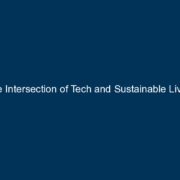
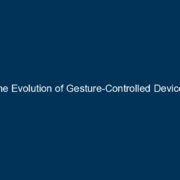
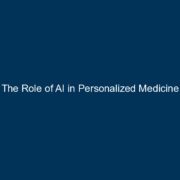

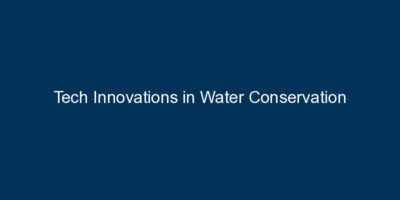

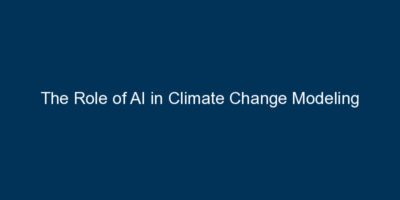


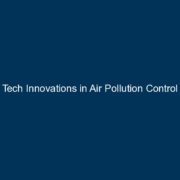




Comments